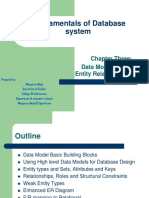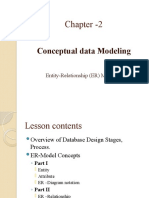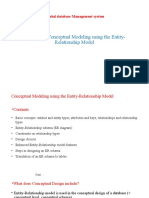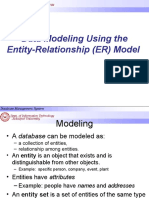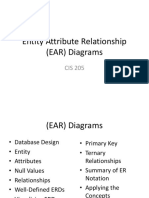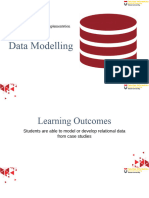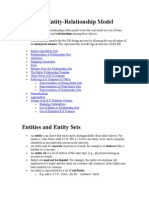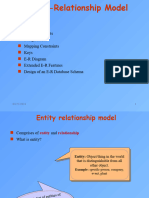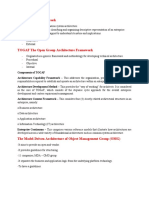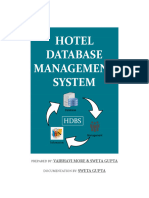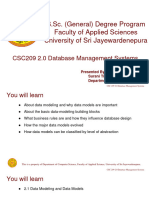0% found this document useful (0 votes)
35 views59 pagesChapter 3-Database Modelling
Chapter Three of the document discusses data modeling in database systems, focusing on the Entity-Relationship (E/R) model, which includes concepts like entities, attributes, relationships, and keys. It outlines the classification of attributes, relationship sets, and the construction of E/R diagrams, as well as design issues and integrity rules. Additionally, it covers enhanced E/R modeling concepts such as weak entities, specialization, and generalization.
Uploaded by
netsbetsalotCopyright
© © All Rights Reserved
We take content rights seriously. If you suspect this is your content, claim it here.
Available Formats
Download as PPTX, PDF, TXT or read online on Scribd
0% found this document useful (0 votes)
35 views59 pagesChapter 3-Database Modelling
Chapter Three of the document discusses data modeling in database systems, focusing on the Entity-Relationship (E/R) model, which includes concepts like entities, attributes, relationships, and keys. It outlines the classification of attributes, relationship sets, and the construction of E/R diagrams, as well as design issues and integrity rules. Additionally, it covers enhanced E/R modeling concepts such as weak entities, specialization, and generalization.
Uploaded by
netsbetsalotCopyright
© © All Rights Reserved
We take content rights seriously. If you suspect this is your content, claim it here.
Available Formats
Download as PPTX, PDF, TXT or read online on Scribd
/ 59
